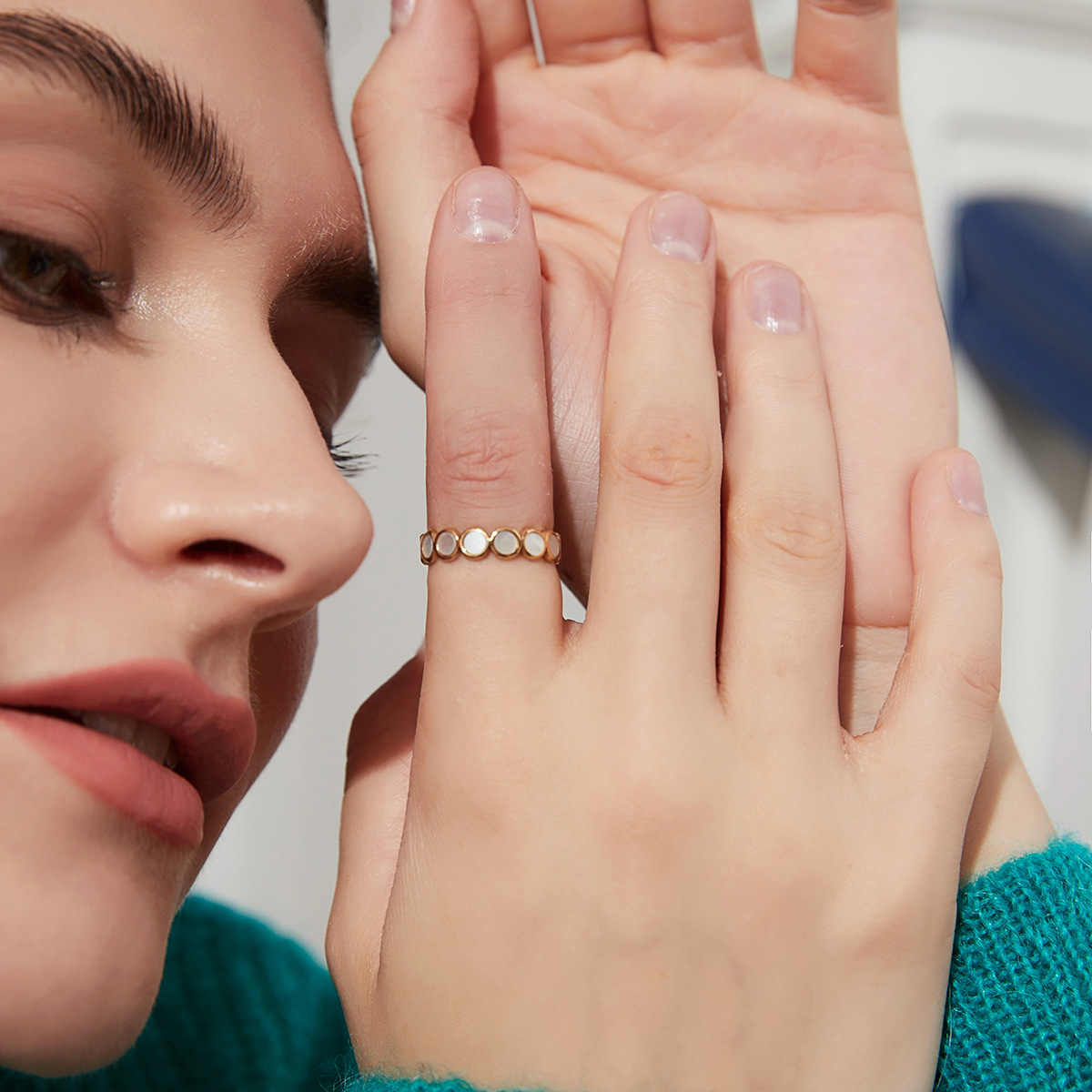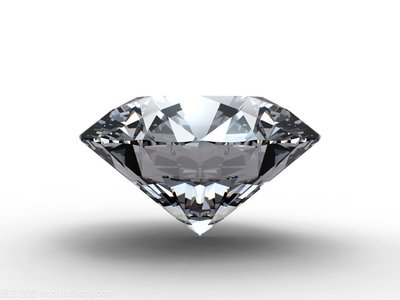Diamond Grading
Views : 1249
Update time : 2022-06-26 11:36:00
Understanding Diamond Grading
A diamond's value is determined by the 4Cs - Cut, Color, Clarity and Carat weight. Diamonds are graded on objective scales for each of the 4Cs to evaluate quality.
Cut refers to a diamond's proportions, symmetry and polish. Well-cut diamonds reflect light better to maximize brilliance and fire. Grades range from Excellent to Poor.
Color grades the absence of color in a white diamond. Colorless diamonds are the rarest and most desirable. Grades start at D (colorless) and run through Z (light yellow/brown).
Clarity grades the number and size of inclusions inside the diamond. Flawless diamonds have no inclusions while Included diamonds have obvious flaws. In between are grades like VVS, VS and SI.
Carat measures diamond weight. One carat equals 0.2 grams. Because carat weight increases exponentially, a 1 carat diamond costs more than twice a 0.5 carat stone.
Each of the 4Cs impacts diamond quality and price. Low clarity or color may be less visible in smaller diamonds. Balance the 4Cs based on your budget and preferences when selecting a diamond. Work with a reputable jeweler to get an accurate assessment. Quality grading reveals the true beauty and value within every diamond.
相关新闻
 Diamond Grading
Diamond Grading
Aug .02.2018
Under normal circumstances, trade-in is usually performed by the company that originally purchased the diamond ring. Although some small self-operated stores may also have trade-in activities, it is not recommended. It is very likely to change to jewelry with no quality guarantee.
For diamond ring trade-in, it is generally necessary to have the diamond's own appraisal certificate, because the appraisal certificates issued by several professional appraisal agencies are one for each diamond, so this certificate is very important for diamond recycling or diamond replacement.
Under normal circumstances, the main diamond of the old diamond ring is more than 30 points, and it is more meaningful to trade in. The diamond ring with less than 30 points is not meant to maintain value, and the general value is lower. In addition, the old trade-in requires additional handling fees and will consume Part of the raw material is lost, so it is not recommended to trade in a diamond ring with a score of less than 30.
Recycling companies or institutions do not make up the price difference, so they can only exchange the cheap ones for the expensive ones, and the small ones for the larger ones. The same reason, because of the increase in additional costs such as process costs, if the diamond ring exchanged is the same size as the original one, It is not very recommended if the quality is similar.
For specific beads, the way and price of the old iron and the new, each business will be different. The best thing is to ask the business to consult the specific details of the old for the new when buying a diamond ring. If you plan to do not like it in the future, or If you need bigger and better diamonds, you must understand whether the merchant can trade in the old for the new, and the fees and rules for the new trade.
 The Significance of Wearing Jewelry
The Significance of Wearing Jewelry
Aug .02.2018
AG JEWELRY production process adopts six sigma management standards, 18 basic production processes and 7 inspection processes to ensure the superior quality of each single model!
Quality is one of our main concern:
•Each order is inspected and double-checked by inspection team to insure the superior quality and accuracy
•Strict ISO Standards are applied
•All products are under controlled for traceability
•100% full inspection instead of randomly checking
 How to Care for Your Jewelry
How to Care for Your Jewelry
Aug .02.2018
Jewelry Care & Cleaning Tips
Always:
Apply lotion, comestics hairspray and perfume before dress in jewellery.
When undressing, wipe clean with a soft cloth.
Store in a fabric lined box, separately wrapped to prevent scratches.
Never:
Never wear jewellry when doing physical work such as housekeeping or gardening.
Never expose jewellery to household clearings products.
Never expose jewellery to chlorine in swimming pools, etc.


